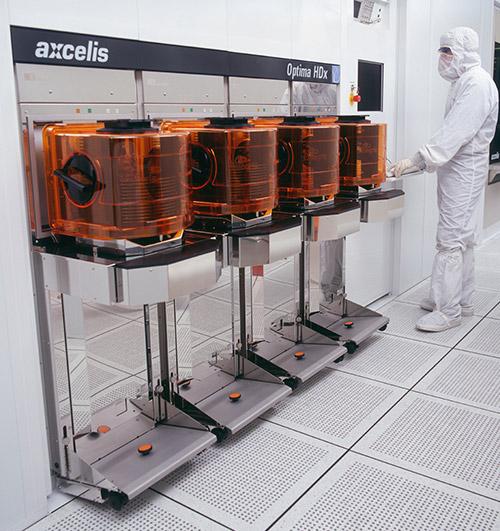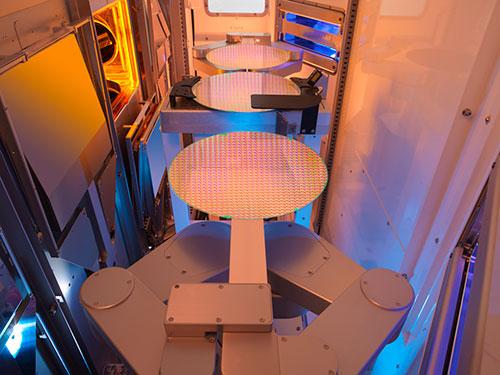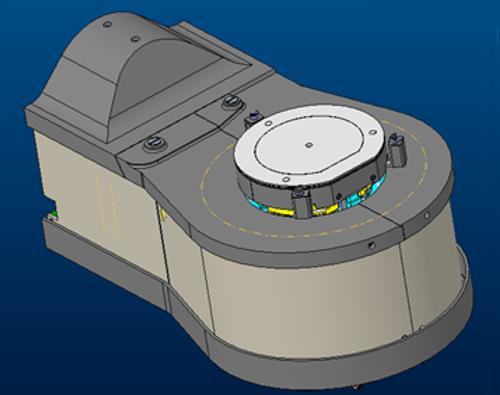The introduction of the modern DRAM cell and the microprocessor in 1968 and 1971, respectively created a dramatic change in the electronics industry. In 1978 Nova Associates (later acquired by Eaton and spun off as Axcelis) was founded with the goal of producing the world’s first high current production implantation system. Since that fateful day, Axcelis has led the industry in ion implantation technology with an unmatched rate of new system introductions and breadth of product line. Below are some of the benchmarks of these momentous years.











































